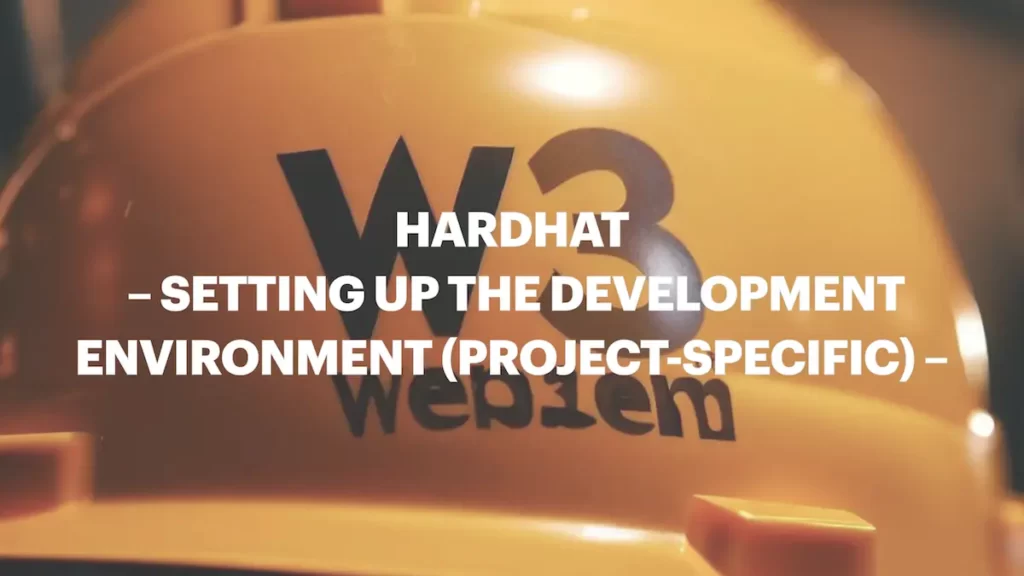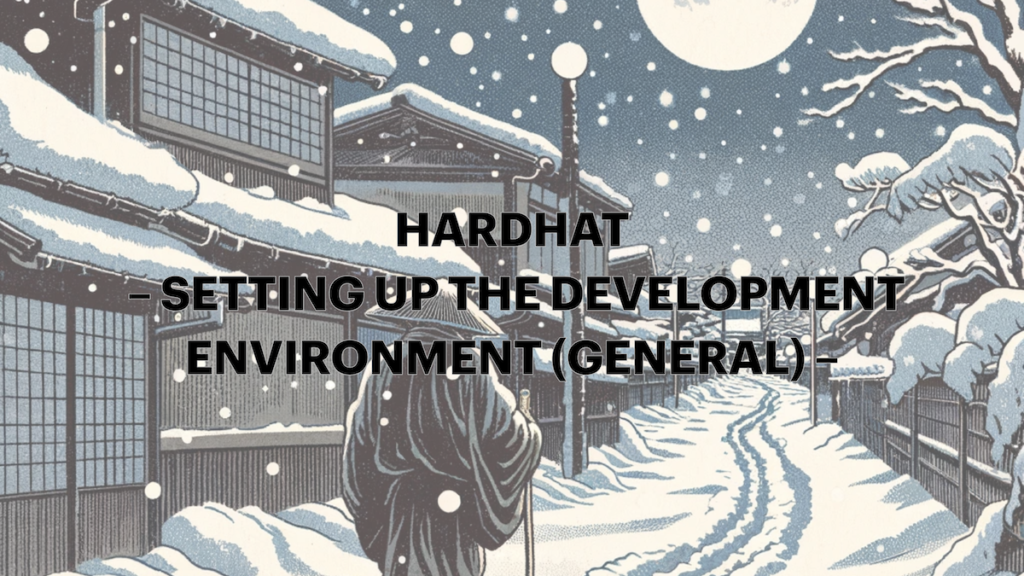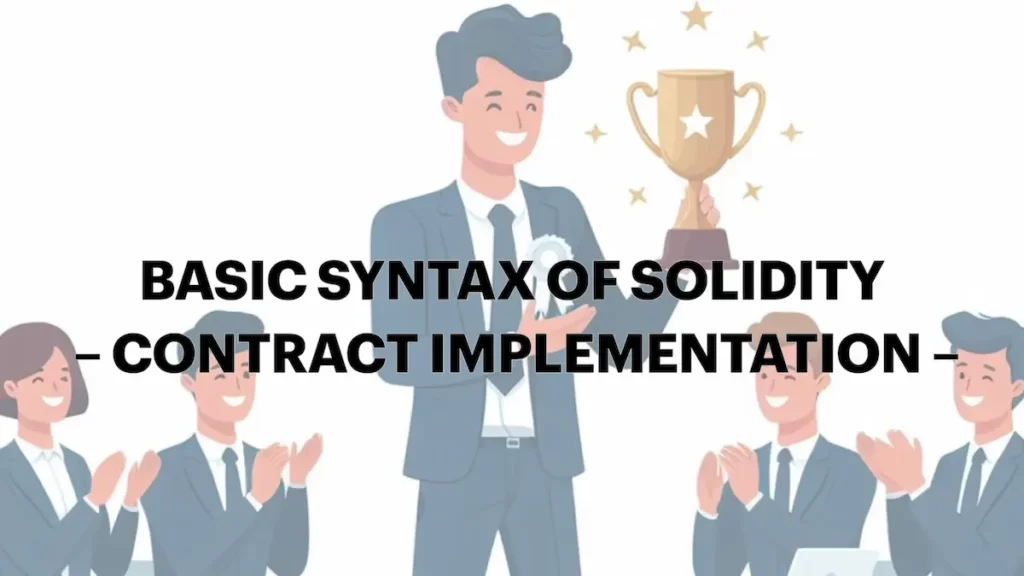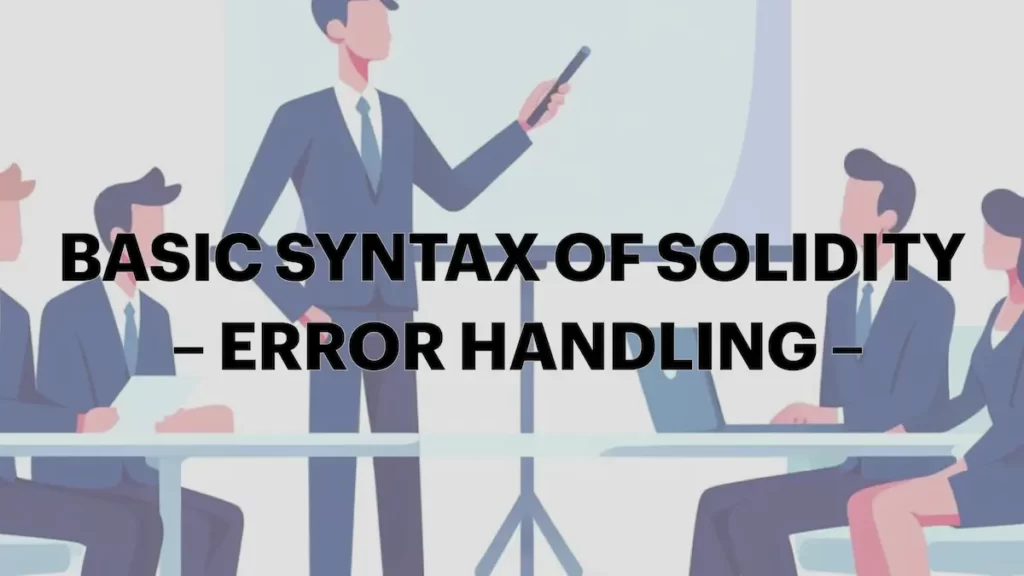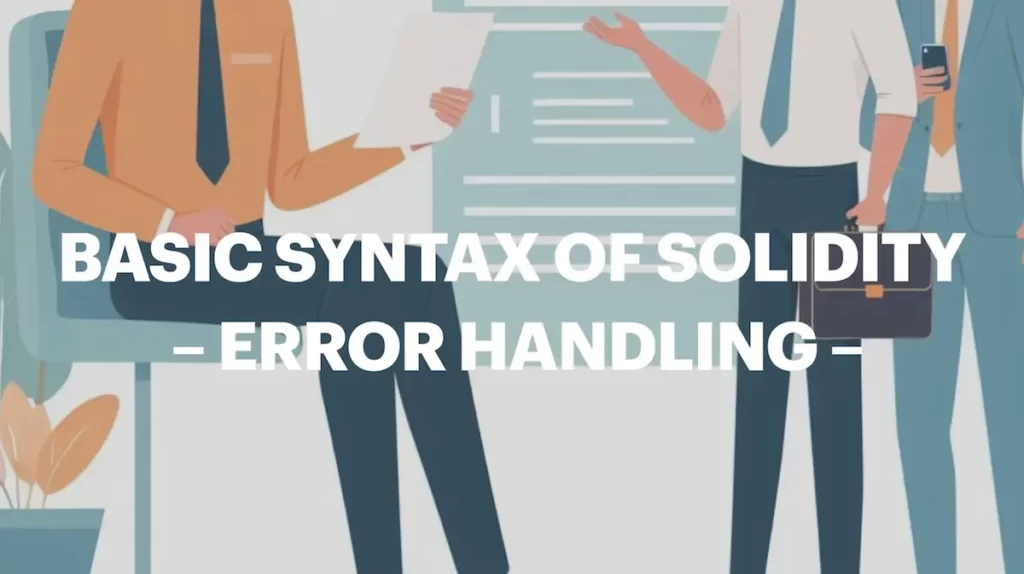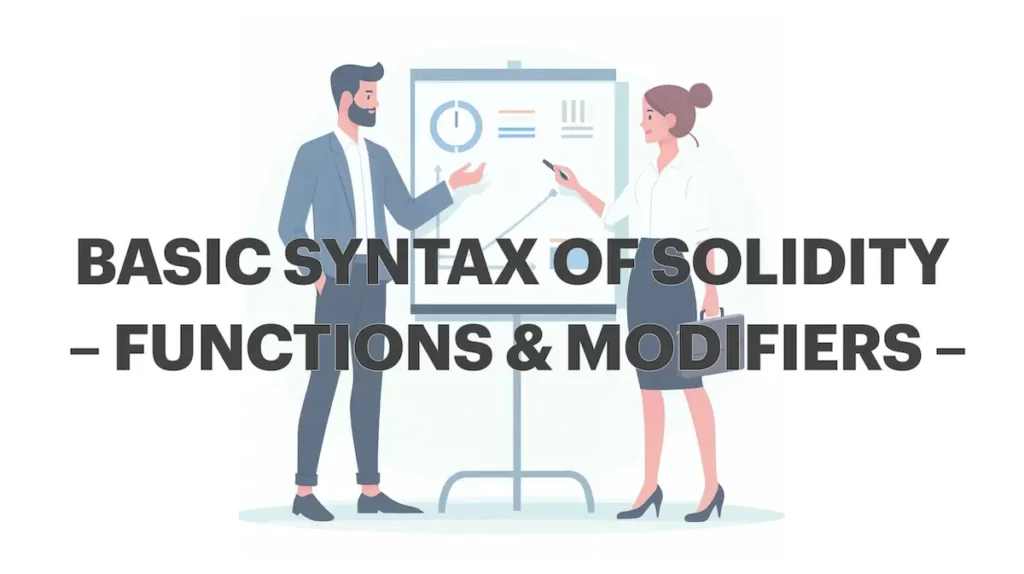Tutorials and guides– category –
-

Day 20. Setting up the development environment (project-specific)
In Day 19, we completed the common setup for development using Hardhat. Following that, this guide will explain the setup for each individual project. -

Day 19. Hardhat – Setting Up the Development Environment (General Edition) –
As we begin development with Hardhat, we will deepen our understanding of the development tools and environment used and actually set up the environment. -

Day 18. Hardhat – Overview of web3 Frameworks –
In the IT world, a framework is a software that provides a group of functionalities for system development. Various frameworks are available in the web3 world as well, making blockchain development more accessible for developers. This guide explains web3 frameworks. -

Day 17. Solidity Basic Syntax – Contract Implementation –
We will implement a contract utilizing the knowledge accumulated up to Day 16. As an example, we will create a contract with basic crowdfunding functionality. First, let's understand the development process for developing a contract and then introduce the actual code. -

Day 16. Solidity Basic Syntax – Style Guide –
The Style Guide in Solidity programming refers to guidelines that dictate the order and manner of coding, focusing on aspects such as how to write and organize code. Adhering to a style guide in coding is crucial for several reasons, including improving readability, facilitating maintenance, unifying code across teams, and preventing errors. Consistently following a coding style guide is essential for the long-term success of a project. -

Day 15. Solidity Basic Syntax – Events –
In Solidity, events are a mechanism for notifying the external world. Using events, external entities (such as frontend applications) can receive information from triggered events and perform various actions. -

Day 14. Solidity Basic Syntax – Error Handling –
In coding, error handling is a crucial element. Creating code that returns clear errors at the appropriate time helps in analyzing problems and deriving improvement measures when issues occur. This guide explains error handling in Solidity. -

Day 13. Basic Syntax of Solidity – Inheritance/Instantiation –
In Solidity, there are two main methods to utilize the functionalities of other contracts. In this tutorial, we will explain these two methods: inheritance and instantiation. -

Day 12. Basic Syntax of Solidity – Control Structures –
In Solidity, like in other programming languages, control structures such as if statements and for loops are used. -

Day 11. Basic Syntax of Solidity – Units, Special Variables, and Functions –
Solidity includes predefined special variables for specific purposes. In this guide, we will explain some of the representative units and special variables.
